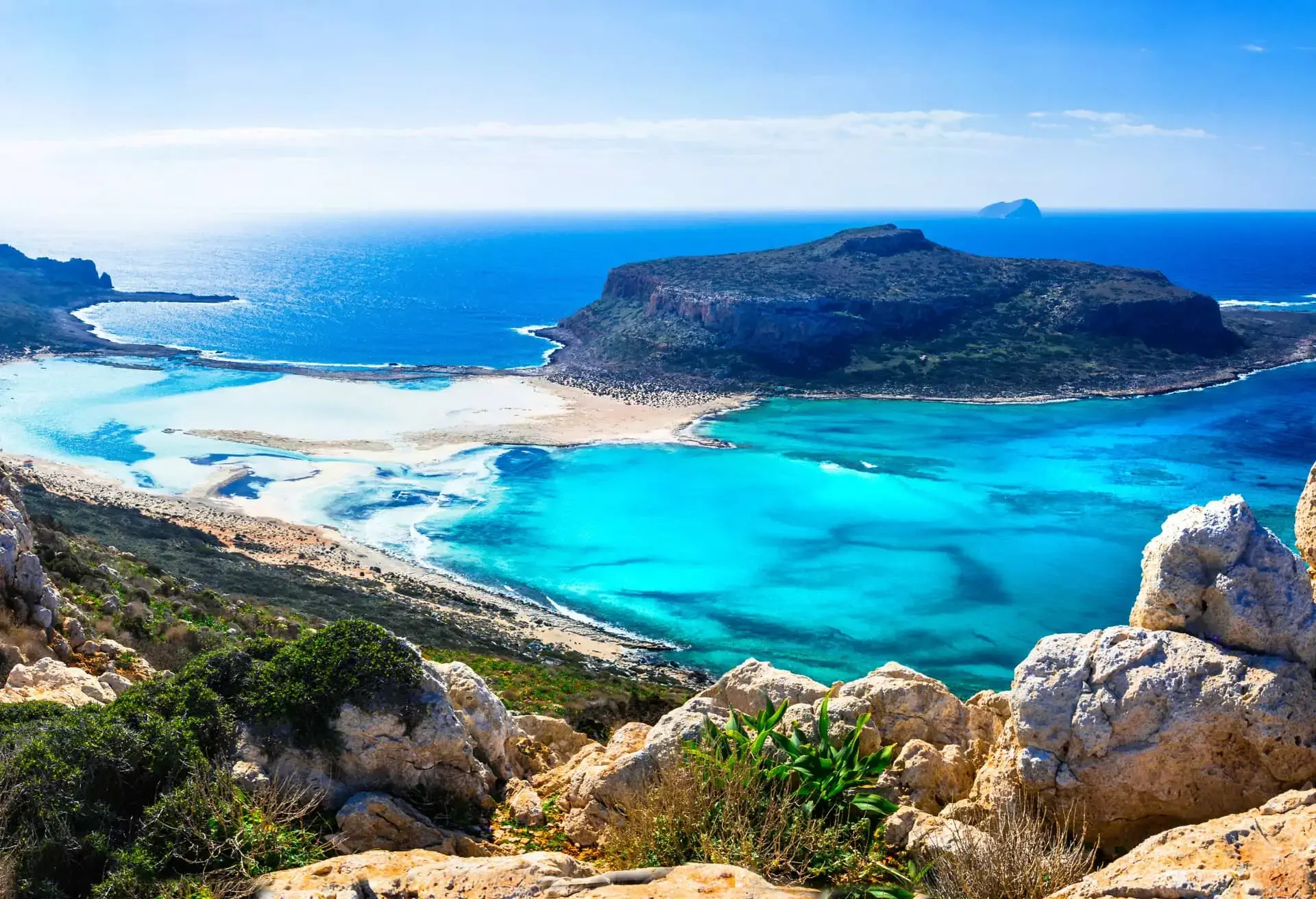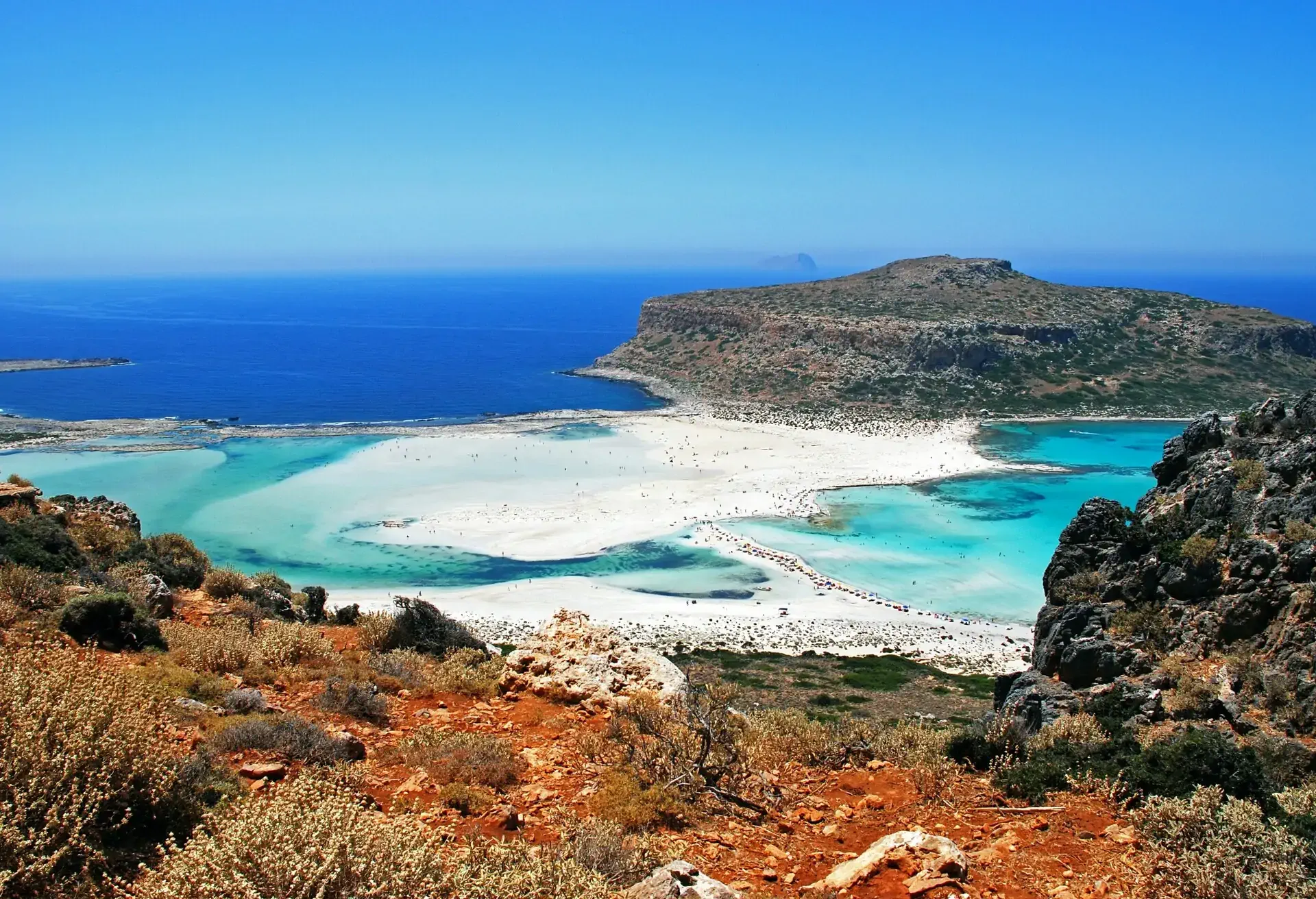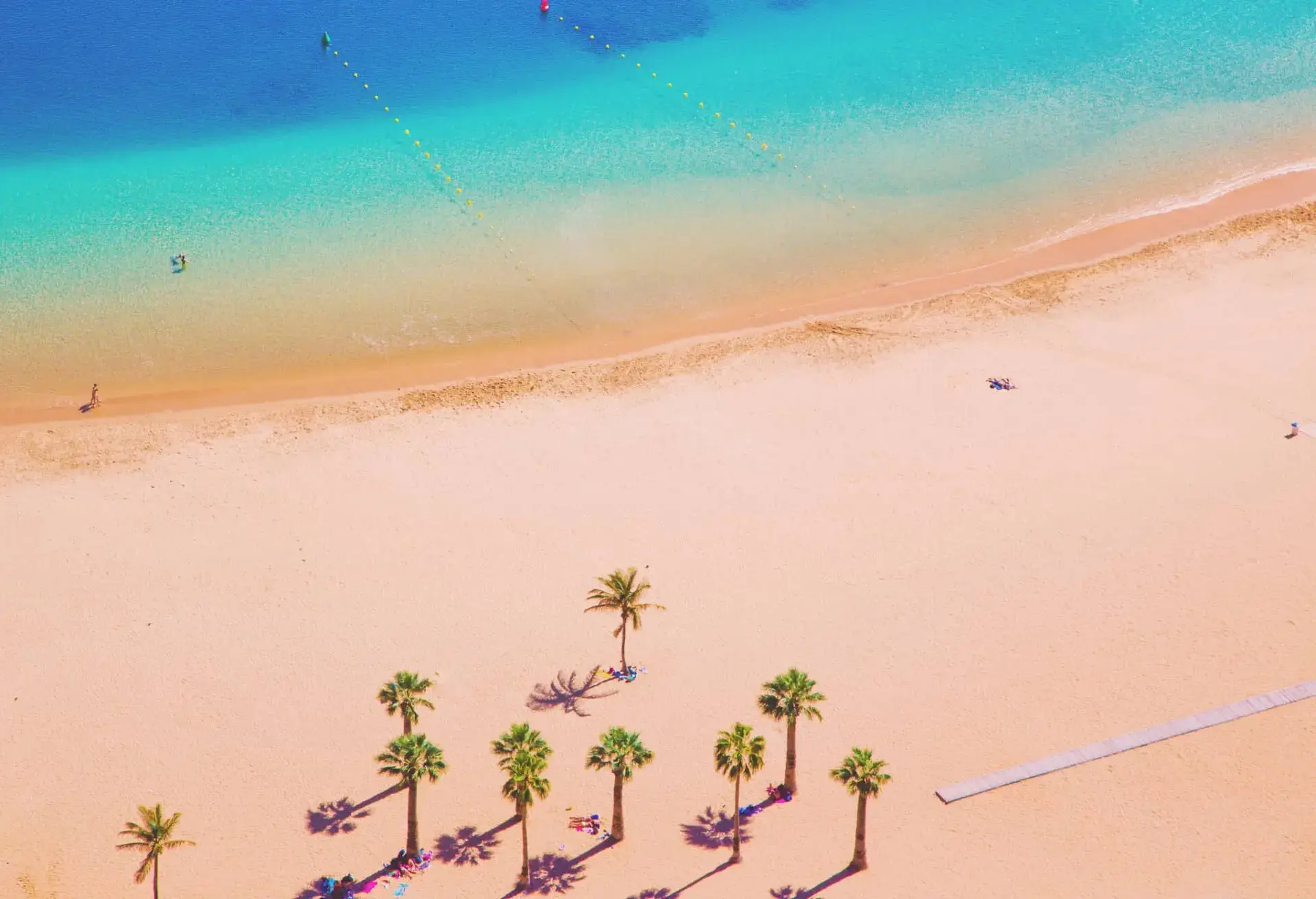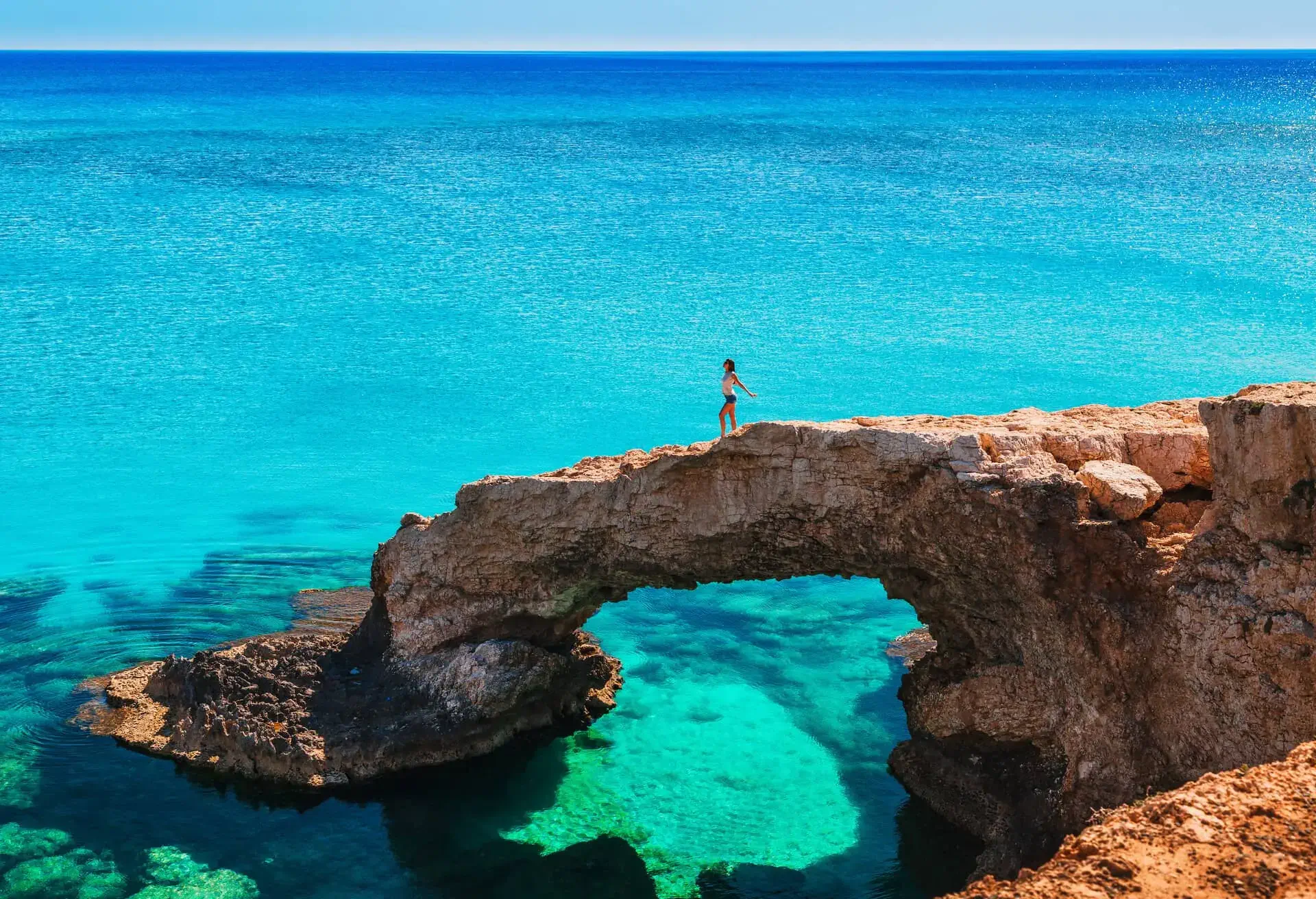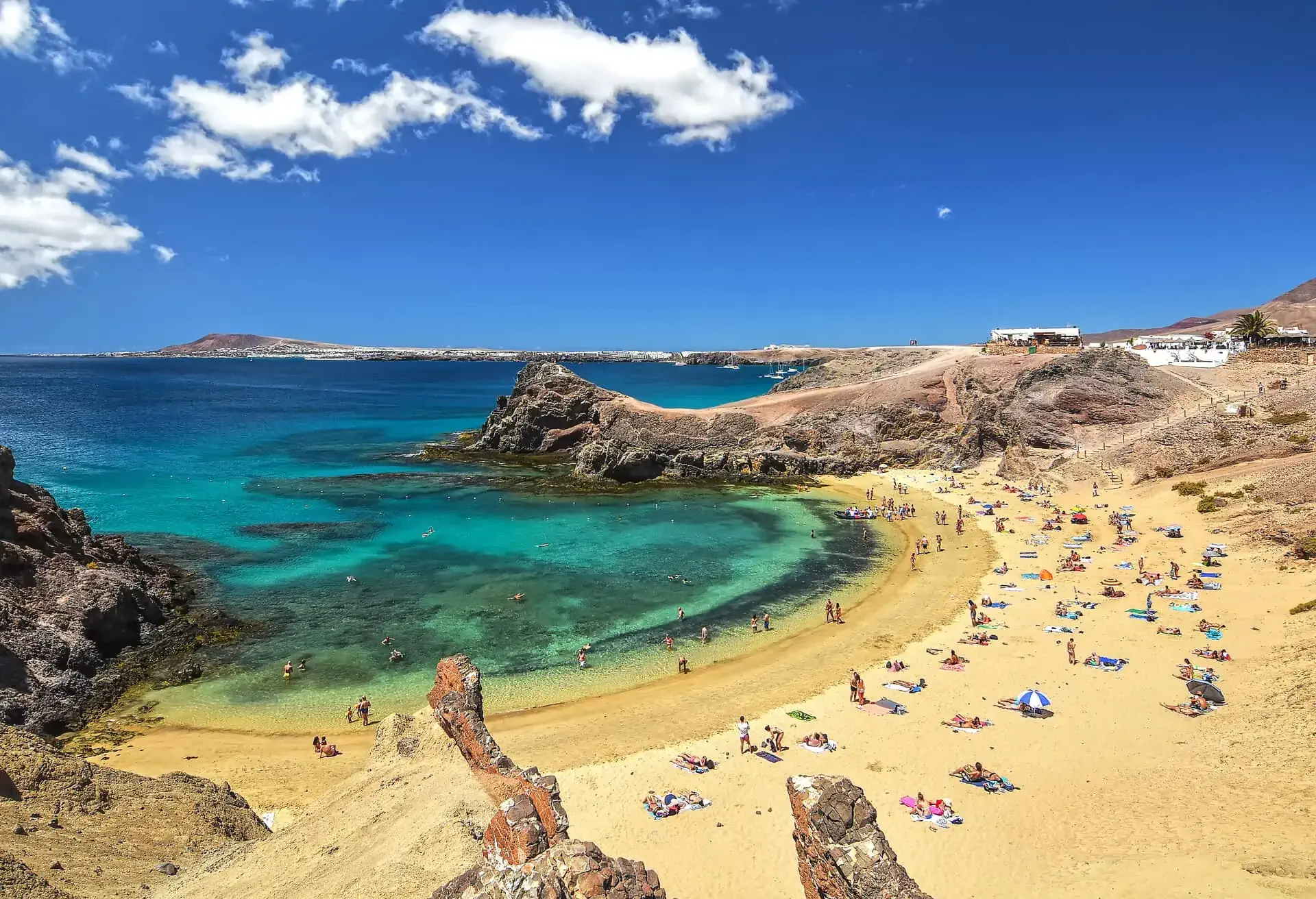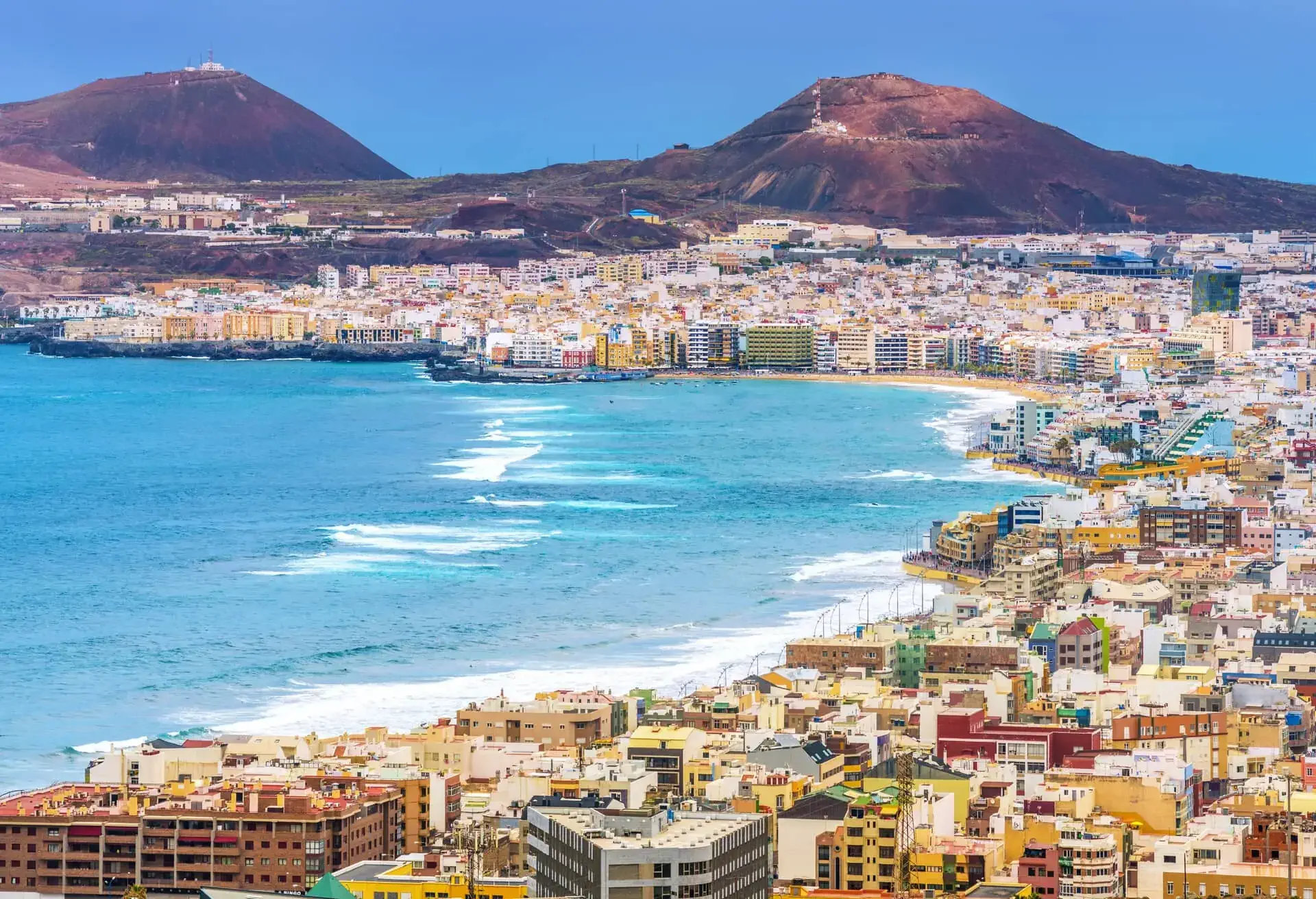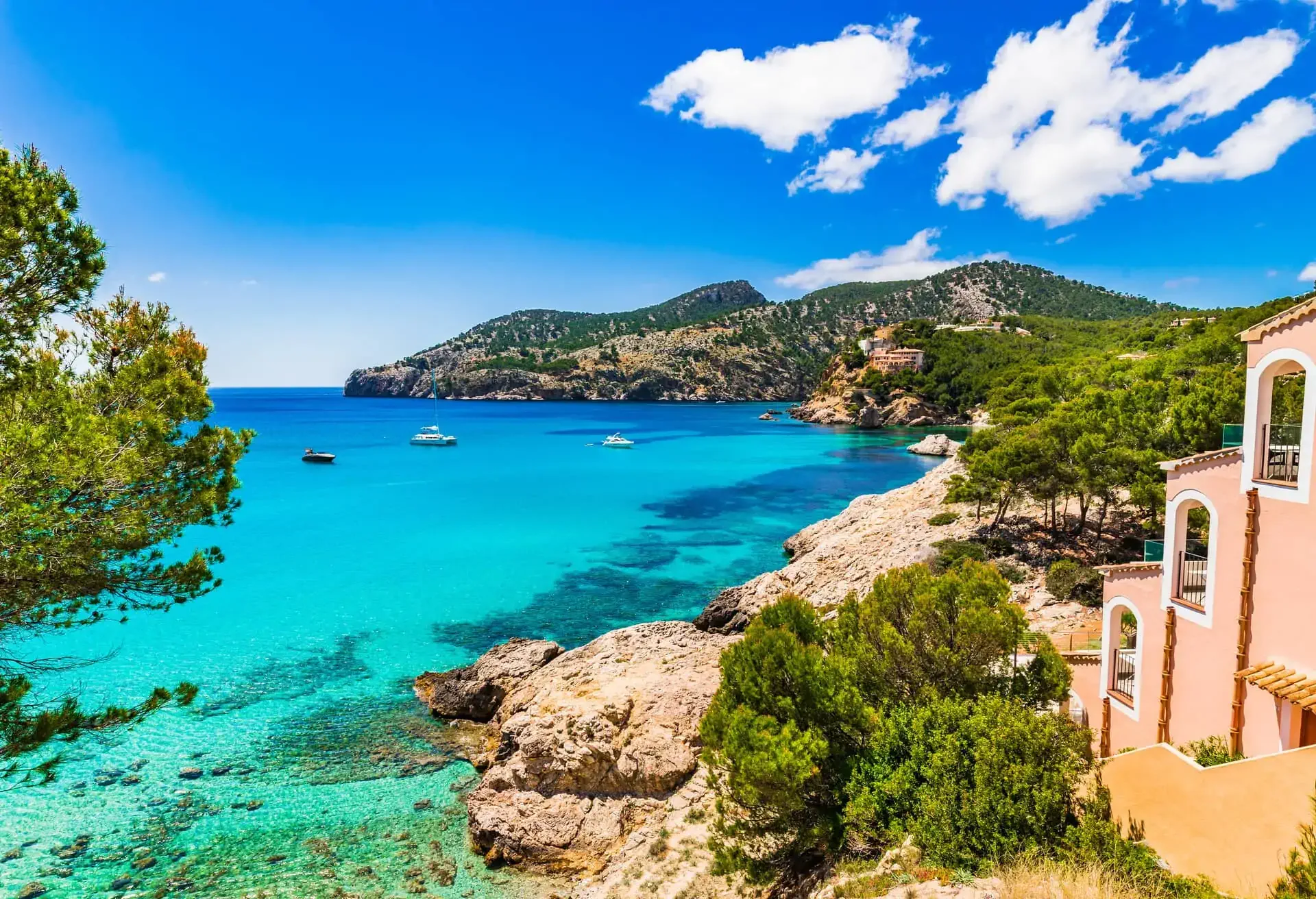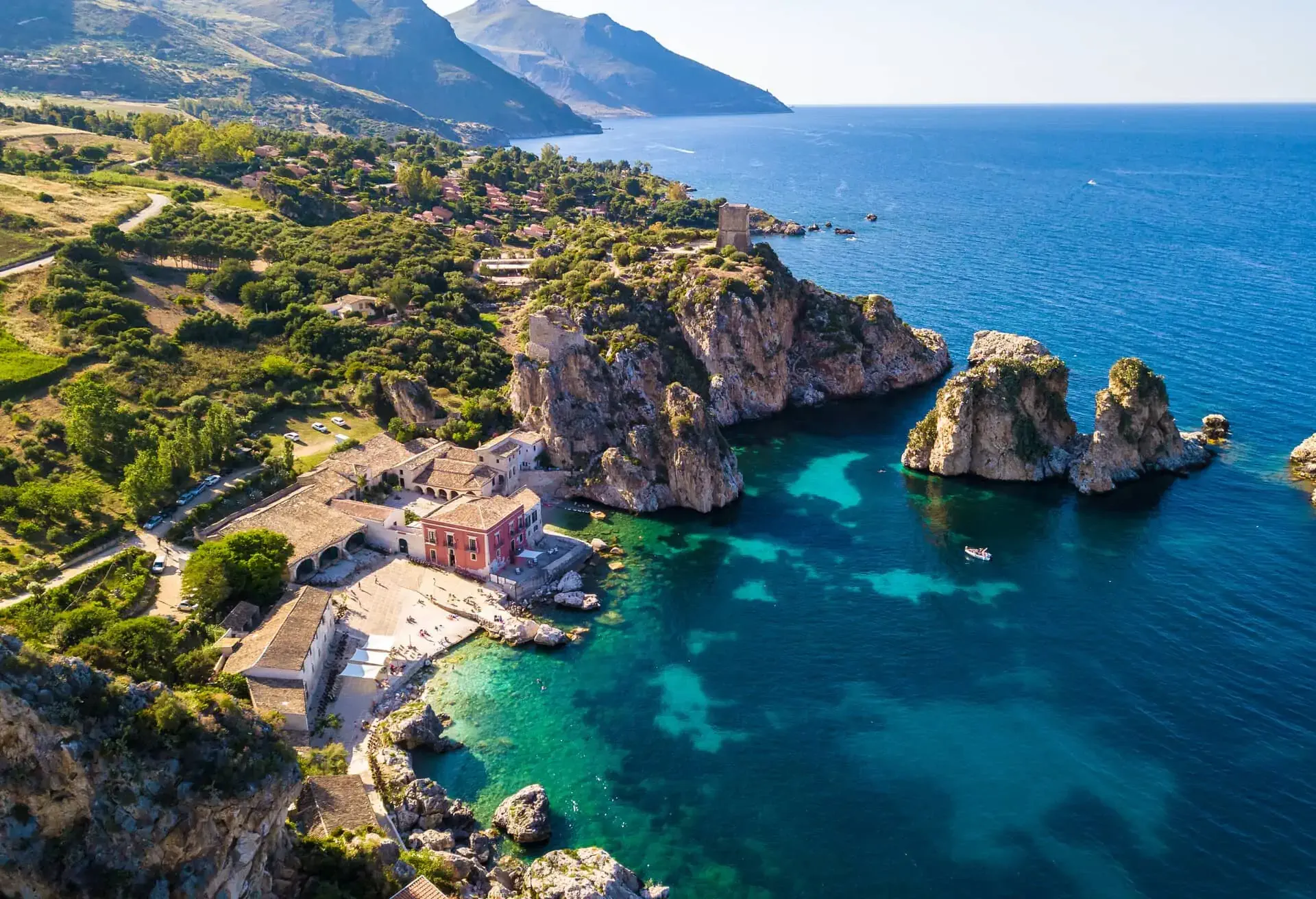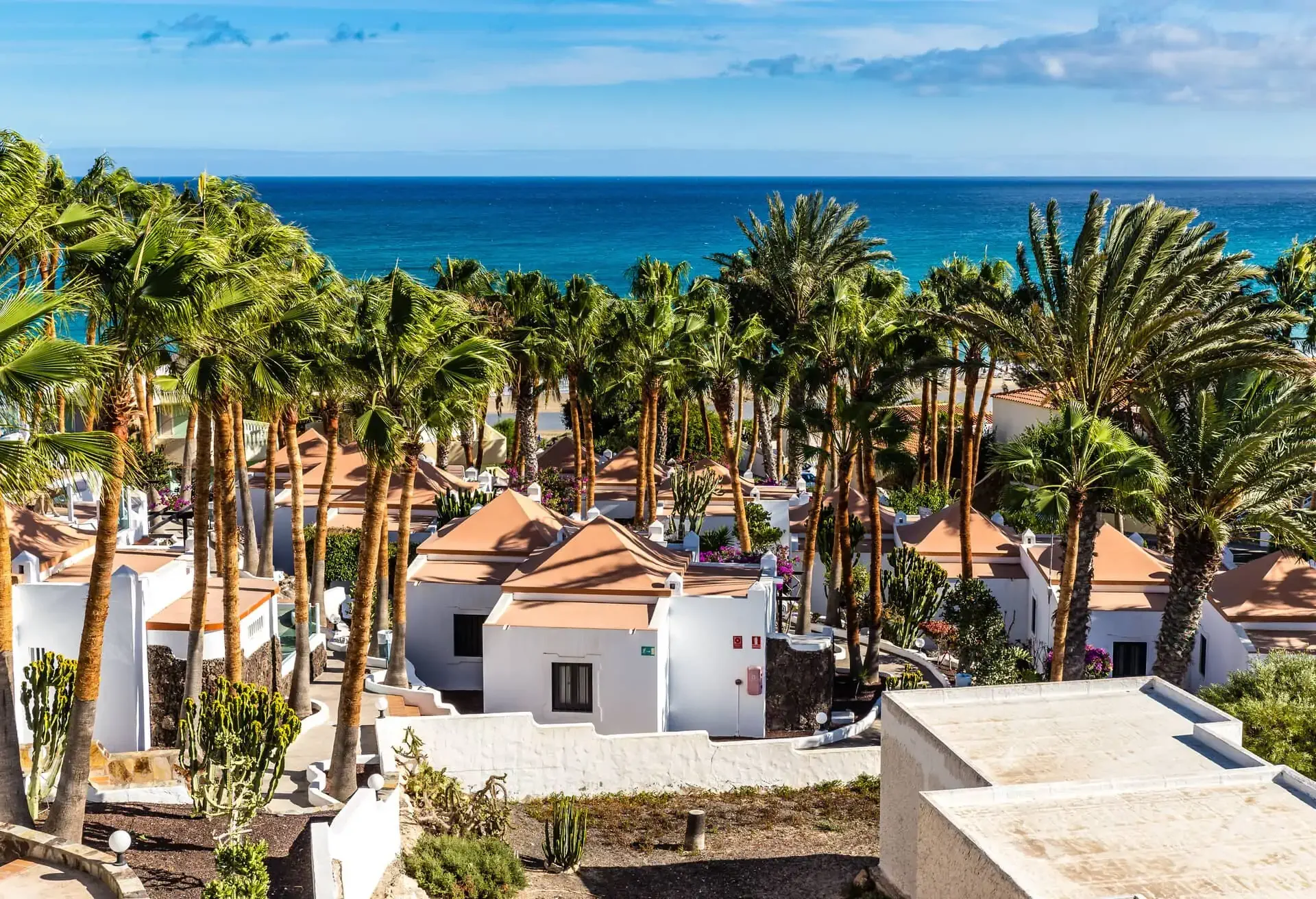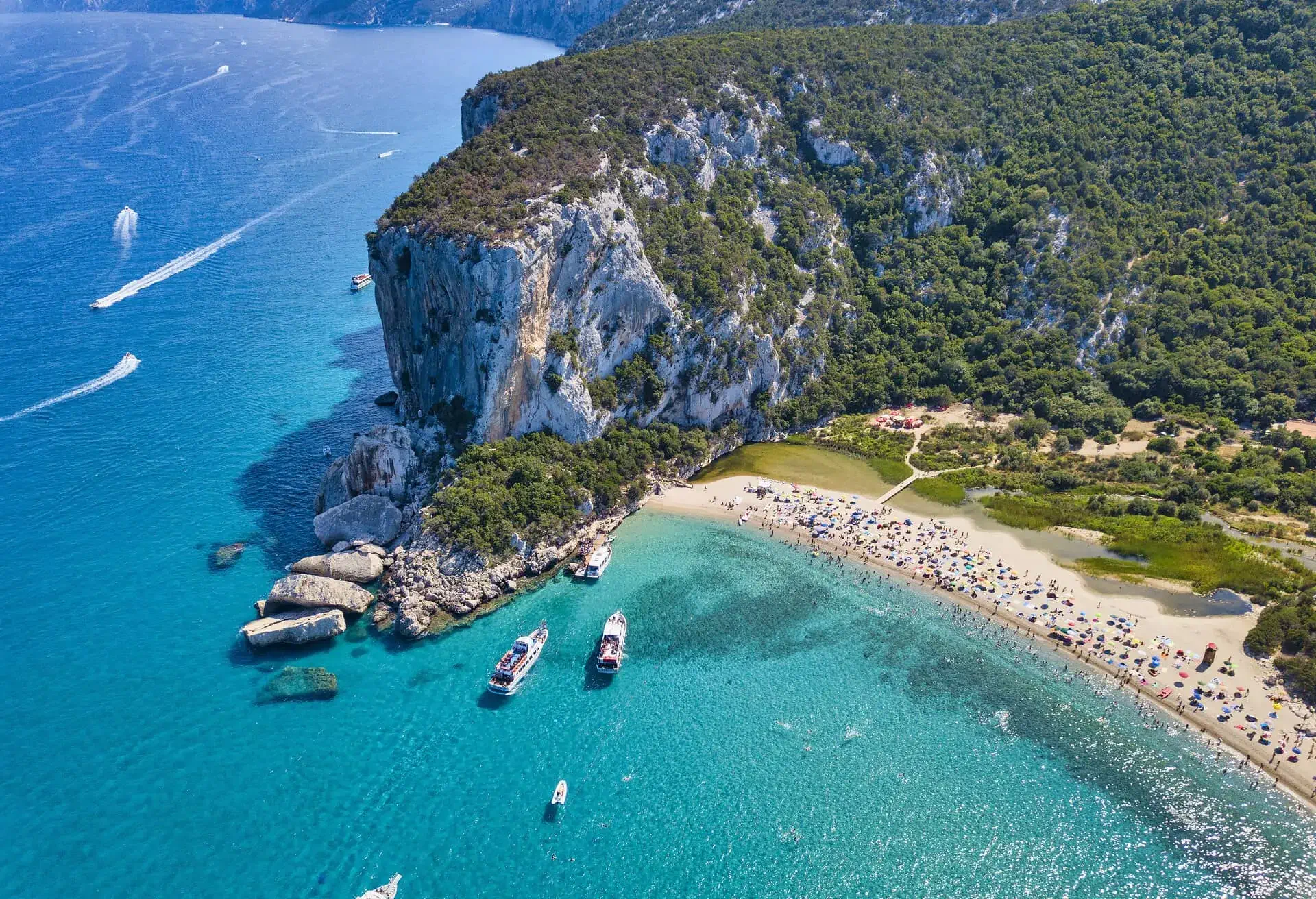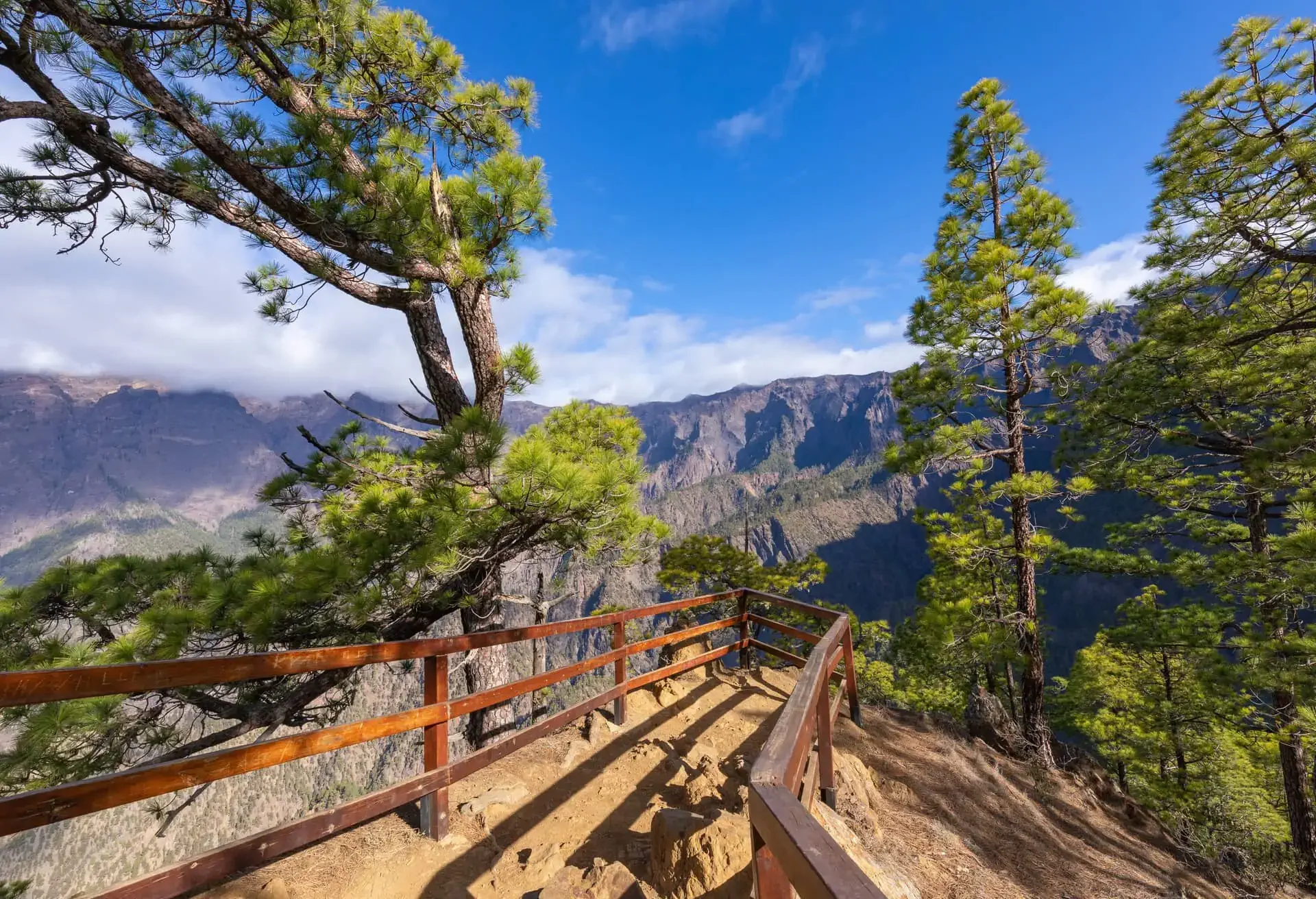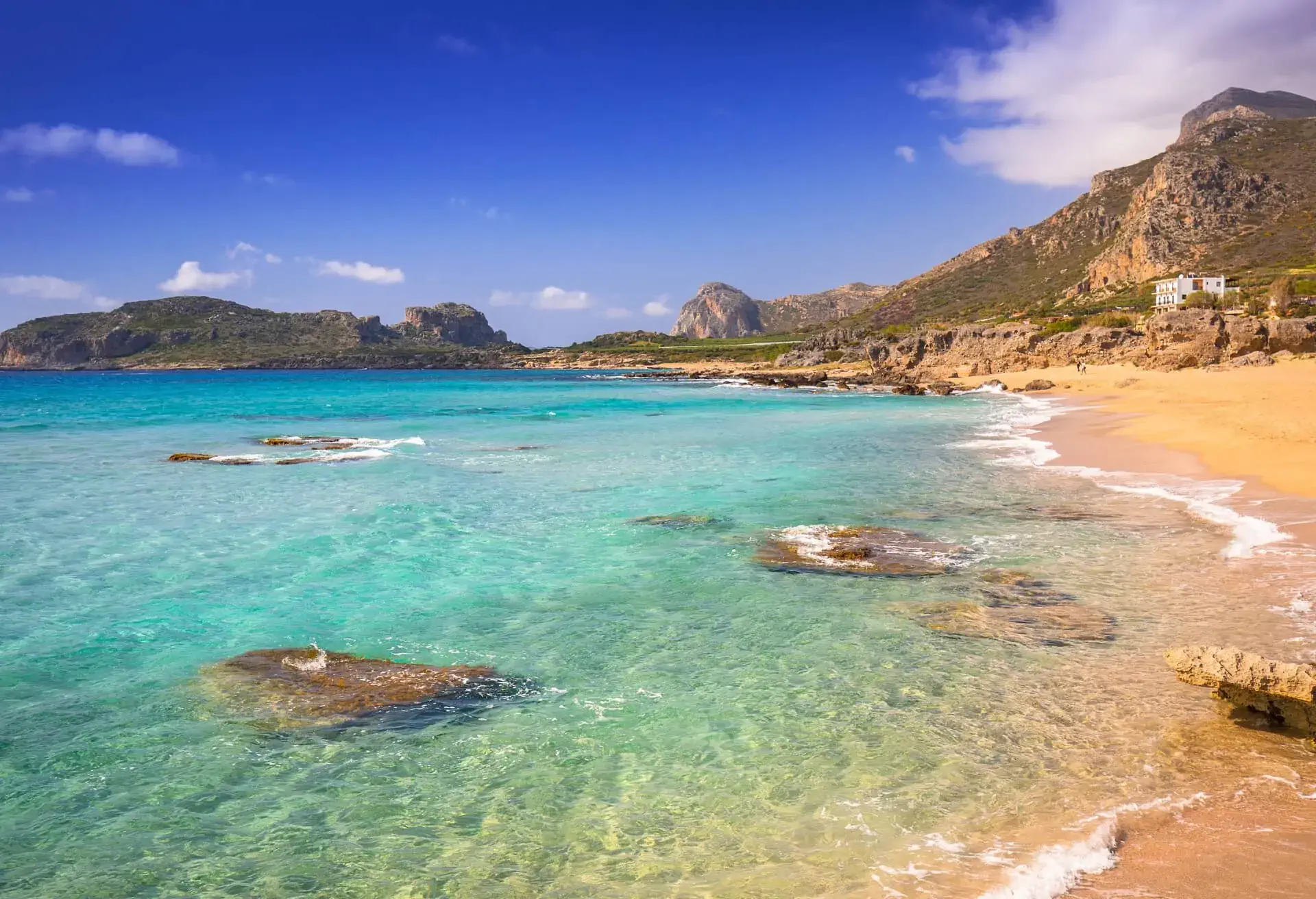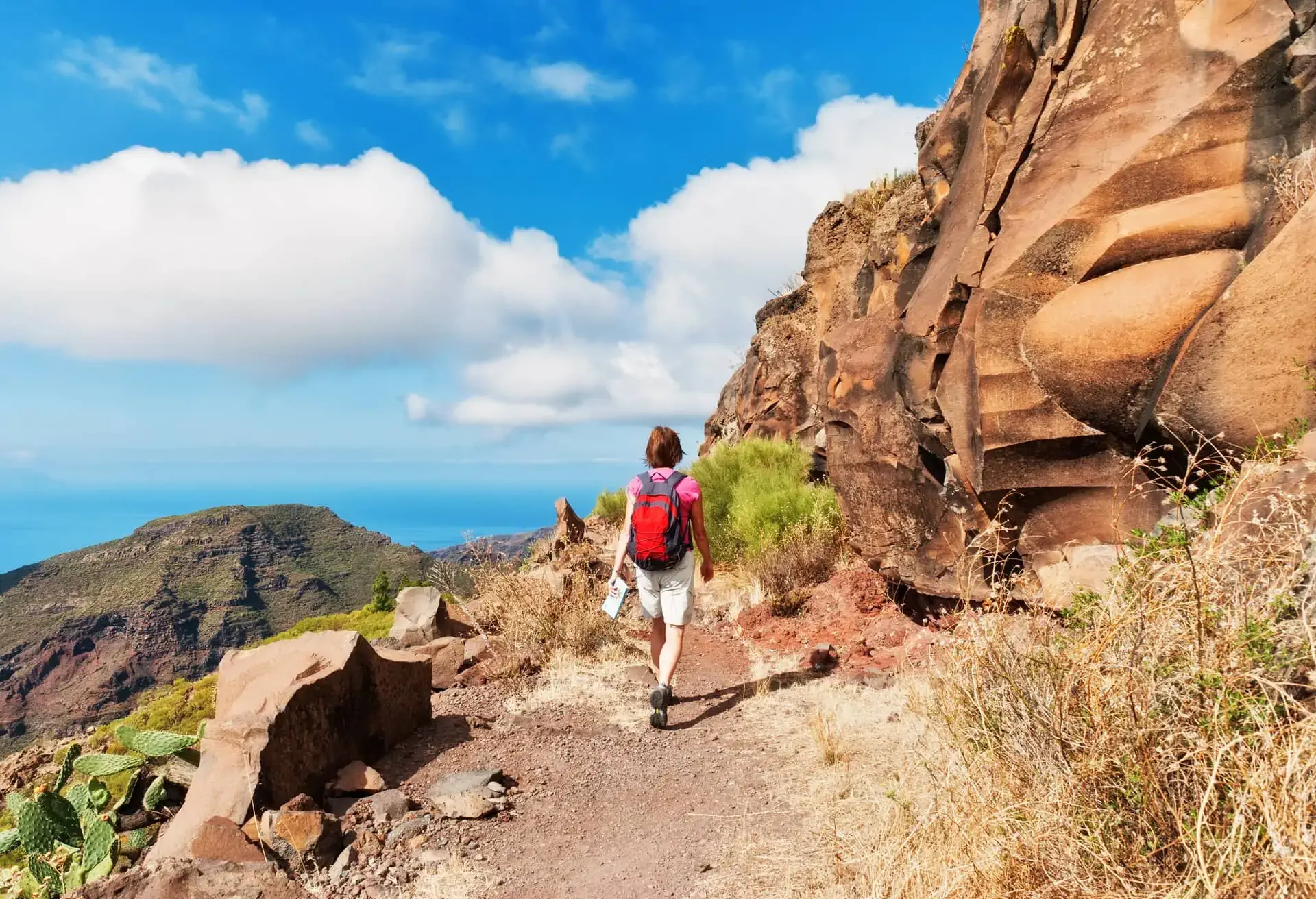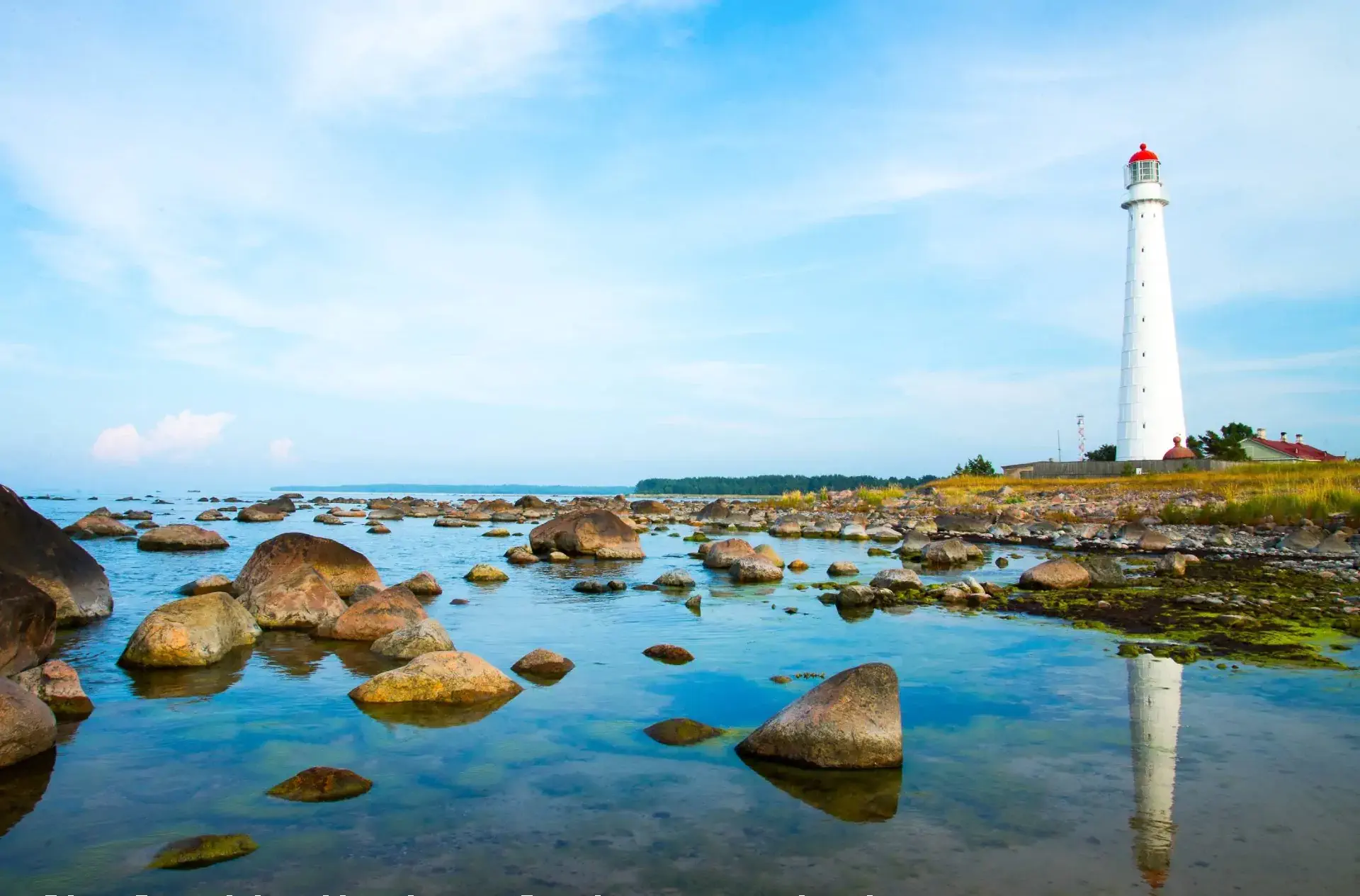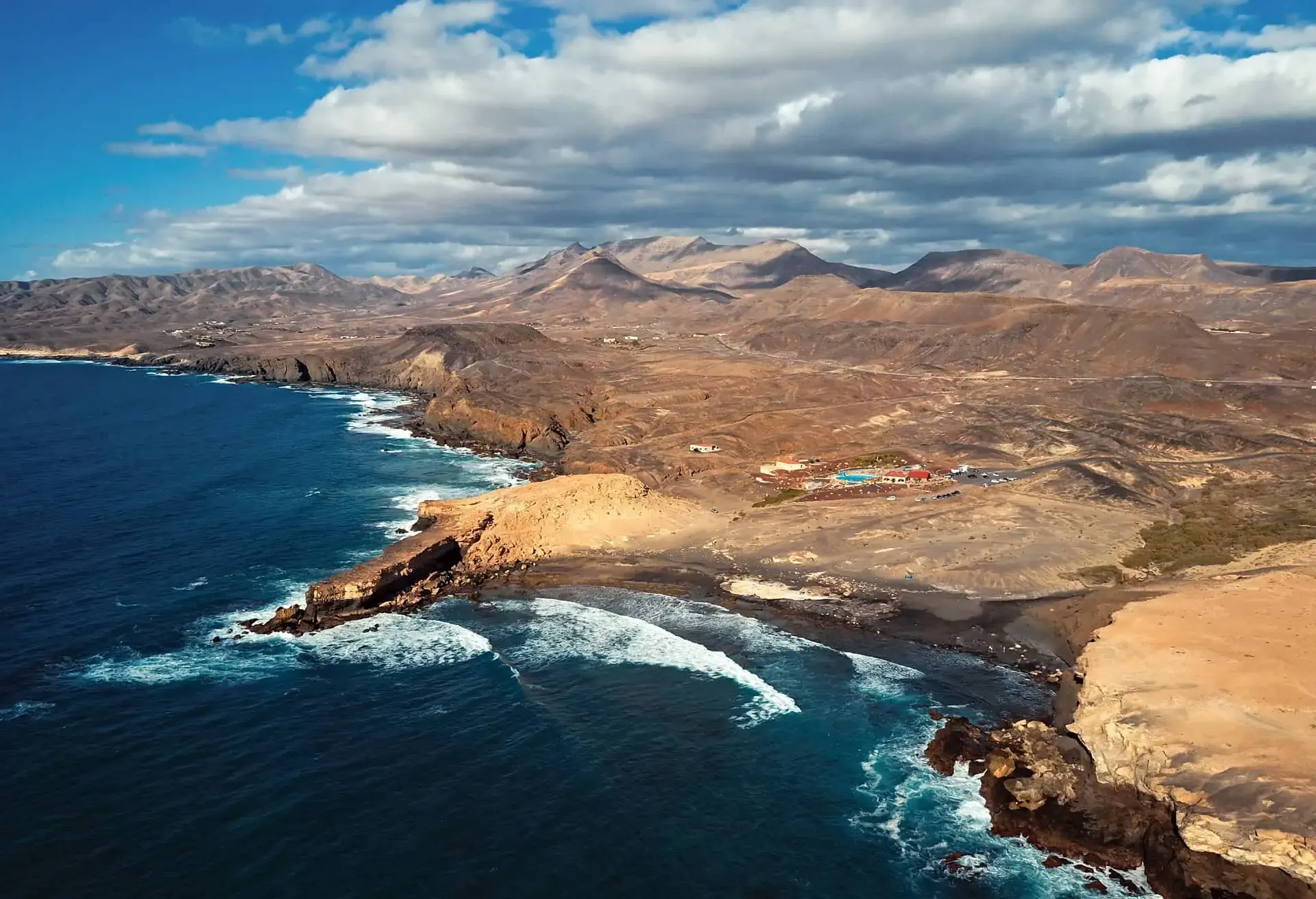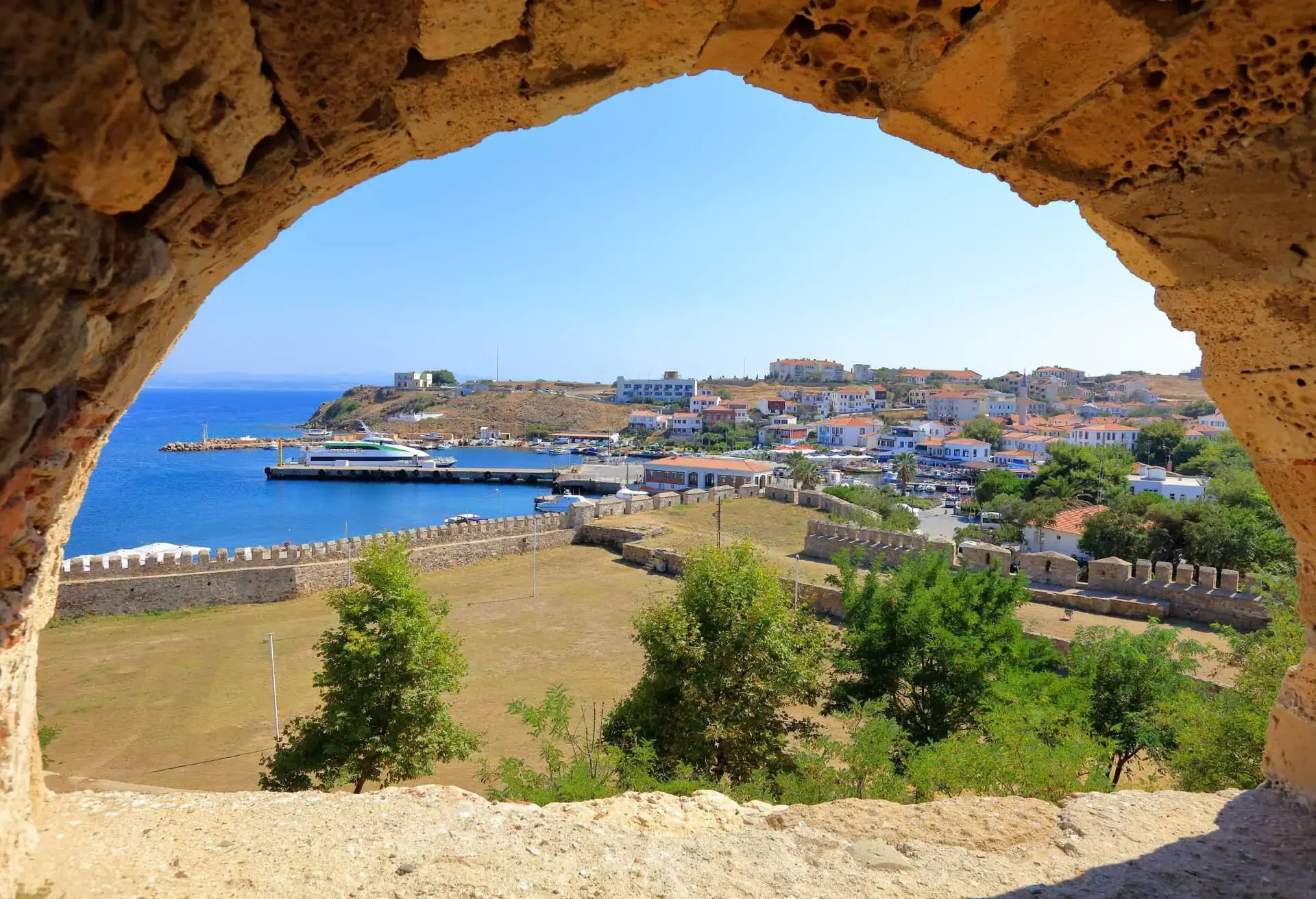Data sources & factor definitions
Weather
The Weather category is comprised of four factors:
Temperatures in-season
Avg. temperatures (degrees (°C)) in a major city on the island in the in-season months: June – September.
Sources: World Meteorological Organization (WMO), Climate-Data.org, DMI, Weatherbase
Precipitation in-season
Avg. precipitation in depth (mm per month) in a major city on the island in the in-season months: June – September.
Sources: World Meteorological Organization (WMO), Climate-Data.org, DMI, Weatherbase
Temperatures off-season
Avg. temperatures (degrees (°C)) in a major city on the island in the off-season months: October – May.
Sources: World Meteorological Organization (WMO), Climate-Data.org, DMI, Weatherbase
Precipitation off-season
Avg. precipitation in depth (mm) in a major city on the island in the off-season months: October – May.
Sources: World Meteorological Organization (WMO), Climate-Data.org, DMI, Weatherbase
Pricing
The Pricing category is comprised of four factors:
Hotel prices
Avg. hotel price (€) per night for standard double room across all hotel types. Prices based on the search period 2021/01/01 – 2021/07/04 for the travel period: 2021/01/01 – 2021/12/31. The prices were converted from USD according to conversion rate on July 16th, 2021.
Source: KAYAK internal data
Car hire prices
Avg. car hire pricing (€) per day for all car types. Prices based on the search period 2021/01/01 – 2021/07/04 for the travel period: 2021/01/01 – 2021/12/31. In cases where car hire data was not available (e.g. due to the size of the island), the car hire pricing weight was excluded from the calculations and the sum of weights was adjusted accordingly. The prices were converted from USD according to conversion rate on July 16th, 2021.
Source: KAYAK internal data
Restaurant prices
Avg. price (€) for a three-course meal for 2 people in a mid-range restaurant. For major cities on the island. In instances where no city level data was available, a country level data was used.
Source: Numbeo (Accessed on 7/07/2021)
Local prices
Comprises a summary of costs (€) for:
1) A cup of cappuccino
2) A standard shopping basket with products: Domestic Beer (0.5 litre bottle), Water (1.5 litre bottle), Eggs (regular) (12) Chicken Fillets (1kg), Local Cheese (1kg), Loaf of Fresh White Bread (500g), Tomato (1kg) Bottle of Wine (Mid-Range))
3) Taxi Start (Normal Tariff)
4) One way ticket for a public transport
For major cities on the island. In instances where no city level data was available, a country level data was used.
Source: Numbeo (Accessed on 7/07/2021)
Accessibility
Weekly flights
Avg. number of weekly flights from mainland Europe (750 airports in mainland Europe).
Source: KAYAK internal data
Things to do
The Things to do category is comprised of two factors:
Trails
The total number of curated trails on the island, including hiking trails, running trails and view trails.
Source: Alltrails.com (Accessed on June, 24, 2021)
UNESCO World Heritage Sites
The total number of UNESCO World Heritage Sites on the islands.
Source: UNESCO Heritage list
Child-friendliness
The Child-friendliness category is comprised of three factors:
Amusement parks
The total number of water, theme and luna parks on an island (excluding ones marked as permanently closed) based on data collected from Google Maps.
Source: Map data ©2021 Google
Sandy beaches
The total number of sandy beaches on an island based on data collected from Google Maps.
Source: Map data ©2021 Google
Beach hotels
Calculated is the % of beach hotels out of all hotels in major cities on the islands.
Source: KAYAK internal data
COVID-19 Safety
The COVID-19 Safety category is comprised of three factors:
Density of population
The total size of population on the island was divided by the total land area (km2).
Source: Wikipedia
% of vaccinated population
Percentage of population fully vaccinated against COVID-19 in a country that the island belongs to territorially.
Source: Our World In Data (Data as of July 18th, 2021)
Popularity
Calculated is the % share of hotel searches in a major city on the island out of all hotel searches across the islands taken into analysis.
Source: KAYAK internal data
Sustainability
Sustainability category is comprised of two factors:
Blue Flag
The total number of beaches with a Blue Flag award on an island. Read more about the Blue Flag programme here.
Source: Blue Flag (Data as of July 6th, 2021)
Sustainable initiatives
Number of programmes / recognitions from independent sources for sustainable initiatives on the islands that include: commitment to the use of clean energy, presence of UNESCO Biosphere Reserves & Global Geoparks and/or recognition in the RESponsible Islands Awards by the European Commission.
Sources: The Clean Energy for EU Islands Secretariat, UNESCO Biosphere Reserves & Global Geoparks, European Commission

